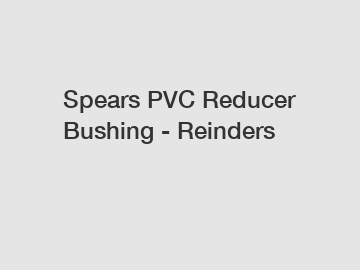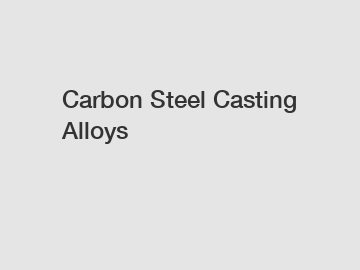Comparison between Air Cooled and Water Cooled Water Chillers
In the realm of industrial cooling systems, the choice between air-cooled and water-cooled water chillers is a critical decision that can significantly impact efficiency, cost, and environmental considerations. These two types of chillers are widely used in various applications, each with its own set of advantages and limitations. Let's delve into a comprehensive comparison to help you make an informed decision for your specific cooling needs.

1. Cooling Mechanism
Air Cooled:
Air-cooled water chillers dissipate heat through the air. These chillers have condenser coils that release heat directly into the surrounding atmosphere. The process involves a fan that draws ambient air across the coils to remove heat.
Water Cooled:
On the other hand, water-cooled water chillers use water as the heat exchange medium. These chillers transfer heat from the refrigerant to water, which is then circulated through a separate cooling tower. The cooling tower releases the absorbed heat into the air.
2. Efficiency
Air Cooled:
Air-cooled chillers are generally less efficient than their water-cooled counterparts. The efficiency of air-cooled chillers is influenced by ambient air temperature; as the temperature rises, the chiller's capacity and efficiency decrease.
Water Cooled:
Water Cooled Water Chiller being independent of ambient air temperature, often exhibit higher efficiency. They maintain consistent performance regardless of the surrounding air temperature, making them suitable for applications in diverse climates.
3. Space Requirements
Air Cooled:
Air-cooled chillers are more compact and require less installation space. They are often preferred in facilities where space is limited, and there is no available water supply for a cooling tower.
Water Cooled:
Water-cooled chillers necessitate additional space for the cooling tower and water circulation system. This requirement may limit their applicability in settings with space constraints.
Additional resources:What are benefit of Gravel Pump?
Application of Gravel Pump In The Ore-Dressing Plant
4. Initial Cost and Installation
4 Expert Tips to Choose Attachments for Forklifts
Exploring the Benefits of Using Bevel Gear for Mining Cone Crusher
4 Tips to Choose a Self Centering Disc Spring Stack
Comparing Steel Grade 50CrV4 vs 51CrV4: Analysis
Which faucet washer types are best?
Air Cooled:
Air-cooled chillers typically have a lower upfront cost and simpler installation. They do not require a cooling tower or complex water circulation systems, reducing the initial investment.
Water Cooled:
Water-cooled chillers come with a higher initial cost due to the need for a cooling tower and associated infrastructure. Installation can be more complex and may involve additional considerations, such as water supply and drainage.
5. Operating Costs
Air Cooled:
While air-cooled chillers have lower initial costs, their operating costs can be higher due to increased energy consumption. The efficiency drop in higher ambient temperatures contributes to higher electricity bills.
Water Cooled:
Water-cooled chillers generally have lower operating costs in the long run. Their higher efficiency and reduced sensitivity to ambient temperature fluctuations lead to lower energy consumption over time.
6. Environmental Impact
Air Cooled:
Air-cooled chillers use the atmosphere as the heat sink, and their operation may contribute to higher ambient air temperatures. This can have a localized impact on the environment, especially in urban areas.
Water Cooled:
Water-cooled chillers, although more efficient, may have environmental implications related to water usage. The cooling tower's water consumption and potential chemical treatment can impact local water resources.
Conclusion
In conclusion, the difference between Air Cooled Chiller VS Water Cooled Chiller depends on various factors, including space availability, initial budget, operating costs, and environmental considerations. While air-cooled chillers may be suitable for smaller installations with space constraints, water-cooled chillers offer higher efficiency and long-term cost savings in larger-scale applications. Ultimately, a thorough evaluation of specific requirements and constraints is crucial in making the right decision for your cooling needs.
Additional resources:The Ultimate Guide to Beveled Washers Use
How Does Benefits of Bevel Gear Work?
What Are Standard Bale Clamp Services? Explained
What is a gate valve best suited for?
What Are the Advantages of Grey Iron Casting for Usa?
4 Things to Know Before You Buy Bolts | Industrial Fasteners
The Benefits of Using Advantages of Bevel Gear: A Comprehensive Guide









Comments
0